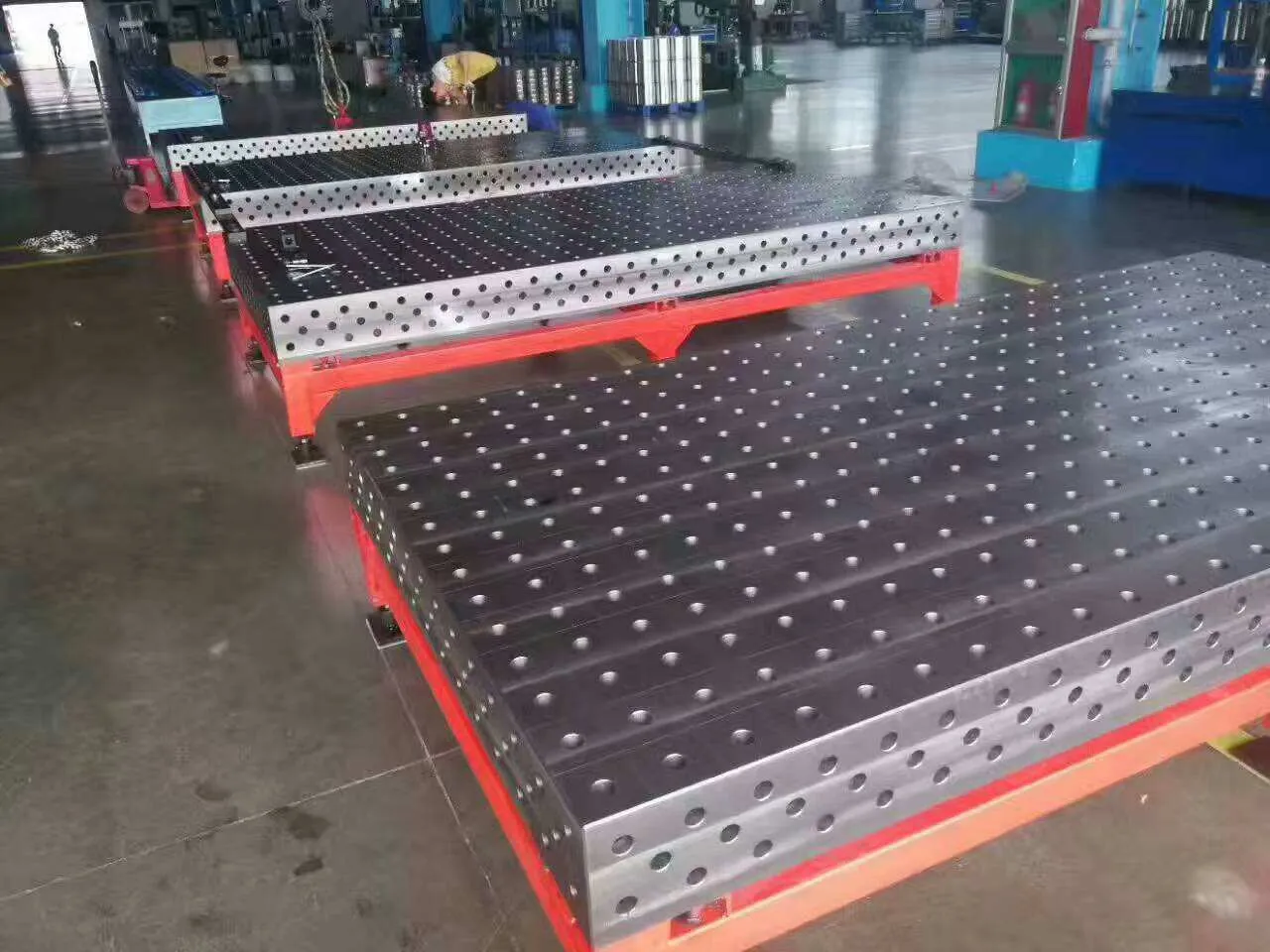ডিসে. . 05, 2024 15:11 Back to list
precision granite plate
Understanding Precision Granite Plates The Backbone of Precision Measurement
In industries where precision measurement is critical, such as manufacturing, engineering, and quality control, tools that ensure accuracy are indispensable. One such tool that has gained prominence in these domains is the precision granite plate. Often unassuming in appearance, these granite plates are essential for providing a stable, flat surface for various types of measurement activities, making them a fundamental component in quality assurance processes.
What is a Precision Granite Plate?
A precision granite plate is a flat, rectangular slab made from high-grade granite, a naturally occurring stone known for its exceptional hardness and stability. These plates are meticulously crafted and calibrated to provide an extremely flat and uniform surface, which is crucial for accurate measurements. Typically, precision granite plates come in various sizes and thicknesses, catering to different industrial needs and applications.
Why Use Granite?
Granite is favored for precision measurement tools for several reasons. Firstly, it is extremely durable and resistant to wear and tear, allowing it to maintain its flatness over time even when subjected to heavy use. Secondly, granite has a low coefficient of thermal expansion, which means that its dimensions remain stable under varying temperature conditions. This attribute is particularly important in environments where temperature fluctuations are common, ensuring that measurements remain consistent regardless of external conditions.
Additionally, granite is less prone to corrosion and chemical damage compared to other materials, making it ideal for use in workshops or laboratories where various substances may come into contact with surfaces
.Applications of Precision Granite Plates
precision granite plate

Precision granite plates are utilized in a wide range of applications. They serve as a reference plane for measuring tools, machining parts, and even for setting up workpieces in CNC (Computer Numerical Control) machines. Their primary function is to help achieve dimensional accuracy, which is crucial for industries that require tight tolerances, such as aerospace, automotive, and precision engineering.
Moreover, granite plates are also used for conducting inspections in quality control processes. By placing a workpiece on a granite plate and using measuring tools such as gauges or calipers, operators can ensure that products meet specified dimensions and tolerances. This use is essential for maintaining high-quality standards and minimizing errors in production.
Types of Precision Granite Plates
There are various types of precision granite plates available, including surface plates, angle plates, and measuring stands. Surface plates are the most common and are designed primarily for laying out and checking dimensions of workpieces. Angle plates, on the other hand, are used for setting up workpieces at a specific angle for machining or measurement purposes, adding versatility to the granite plate's functionality.
Maintenance and Care
To ensure that a precision granite plate maintains its flatness and accuracy, proper care is crucial. Regular cleaning with a suitable detergent and soft cloth will help prevent the accumulation of dirt and debris that can affect measurements. It is also vital to avoid dropping heavy objects on the plate, as it can chip or damage the surface, leading to inaccuracies in measurements.
In conclusion, precision granite plates are indispensable tools in various industries where accuracy is paramount. Their durability, stability, and resistance to wear make them the preferred choice for quality measurement and inspection. Understanding their function and applications can help businesses optimize their processes and maintain high standards of quality in their products.
-
thread-plug-gauge-our-promise-of-measurement-excellenceNewsAug.22,2025
-
gauge-pin-class-reflecting-quality-legacyNewsAug.22,2025
-
check-valve-types-for-high-rise-buildingsNewsAug.22,2025
-
water-control-valve-for-irrigation-systemsNewsAug.22,2025
-
gate-valve-with-soft-seal-technologyNewsAug.22,2025
-
y-type-strainer-for-oil-and-gas-applicationsNewsAug.22,2025
Related PRODUCTS









